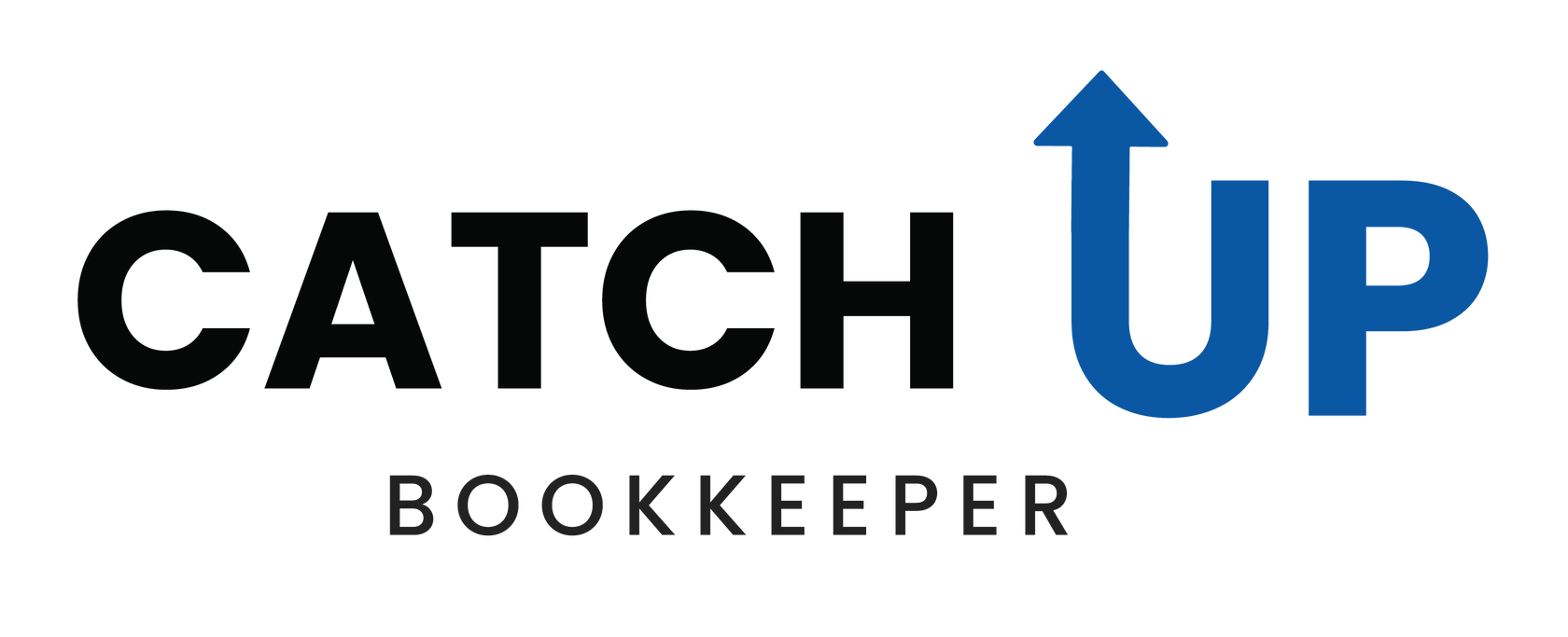For Canadian Small Business Only
Understanding the T776 Form: Your Guide to Reporting Rental Income in Canada
If you own rental property in Canada, the T776 form, officially called the Statement of Real Estate Rentals, is your annual obligation to the Canada Revenue Agency (CRA) for reporting rental income and fulfilling your tax responsibilities as a landlord.
But it's not just about staying compliant. This guide will help you understand what the T776 form is, how to fill it out, and what rental income and expenses you should report, so you can potentially save on taxes.

If you own rental property in Canada, the T776 form, officially called the Statement of Real Estate Rentals, is your annual obligation to the Canada Revenue Agency (CRA) for reporting rental income and fulfilling your tax responsibilities as a landlord.
But it's not just about staying compliant. This guide will help you understand what the T776 form is, how to fill it out, and what rental income and expenses you should report, so you can potentially save on taxes.
What Is the T776 Form?
The T776 form is used to report your rental income and expenses to the CRA. Whether you’re a single-property owner or manage a portfolio, this form helps you calculate your net rental income after deducting eligible expenses. The T776 ensures that your rental income is taxed appropriately in Canada, and filing it correctly can unlock financial advantages through deductible expenses.
By completing this form accurately, you’ll be able to claim various expenses that can reduce your taxable income from rental properties, helping you maximize your tax savings.
Is Rental Income Taxable?
Yes, rental income is fully taxable. Any income you earn from renting out property is subject to tax, just like other forms of income.
While this might sound simple, determining what qualifies as taxable rental income can sometimes be complex. For example, rental income includes not only monthly rent payments but also any additional fees you charge your tenants, such as for utilities. For instance, if you charge $2,500 in rent and an extra $200 for utilities, your total monthly rental income would be $2,700, which needs to be reported on your T776 form.
What Rental Expenses Can You Claim?
You can claim a variety of expenses on your T776 form to reduce your taxable rental income, including:
- Mortgage interest
- Property taxes
- Insurance
- Utilities (if you pay them)
- Maintenance and repairs (necessary to keep the property rentable)
- Property management fees and advertising costs
If you rent out a portion of your personal residence, you’ll need to prorate these expenses. For instance, if you rent out 50% of your home, you can only claim 50% of the associated costs.
Operating Expenses vs. Capital Expenses
Most expenses related to maintaining your rental property are considered operating expenses, such as utilities, maintenance, and property management fees. These are essential to keep the property operational and can be fully deducted in the year they are incurred.
Capital expenses, on the other hand, are costs that provide a long-term benefit, like replacing a roof or installing a new HVAC system. These expenses are not fully deductible in the year you incur them. Instead, they are depreciated over time through Capital Cost Allowance (CCA).
Understanding the difference between these two types of expenses is important, as capital expenses are claimed differently and can impact your overall tax strategy.
How to Calculate Capital Cost Allowance (CCA) on Rental Properties
The CCA allows you to gradually deduct the cost of your rental property and other assets over several years to account for depreciation. For example, if you buy a rental property for $400,000, and the land is valued at $100,000, you can claim CCA on the remaining $300,000 (the building’s value).
In the first year, you can claim up to 4% of the building’s value as CCA, but because of the half-year rule, you can only claim half of that amount, or $6,000. This deduction will reduce your taxable rental income and potentially lower your tax bill.
How to Fill Out the T776 Form
To fill out the T776 form, you’ll need to document all your rental income and expenses. Here’s a quick breakdown of the sections:
- Part 1 – Identification: Enter basic information about the property and ownership.
- Part 2 – Co-owners and Partners: If applicable, list any co-owners or partners.
- Part 3 – Income: Report your total rental income.
- Part 4 – Expenses: Document your deductible expenses.
- Area A – Calculation of CCA: If you’re claiming CCA, calculate it here.
Deciding whether to claim CCA depends on your long-term tax strategy. While it can reduce your taxable income, it also lowers your Adjusted Cost Base (ACB), potentially increasing your capital gains tax when you sell the property.
Rental Income vs. Business Income
It’s important to distinguish between rental income and business income for tax purposes. Rental income is earned from simply renting out property, whereas business income involves providing additional services or managing multiple properties.
For example, if you rent out a home and only provide basic landlord services, your earnings are considered rental income. However, if you’re heavily involved in managing multiple properties and offering extra services, such as daily housekeeping or concierge services, your income may be classified as business income, which is taxed differently.
Streamlining the Tax Process for Landlords
Whether you rent out a single room or manage a larger portfolio of properties, filing the T776 form can help you stay compliant while maximizing your tax benefits. By properly reporting your rental income and claiming all eligible deductions, you can reduce your tax burden and keep more of your hard-earned rental income. TurboTax and other tax tools can provide guidance along the way to simplify the process and ensure accuracy in your tax filings.
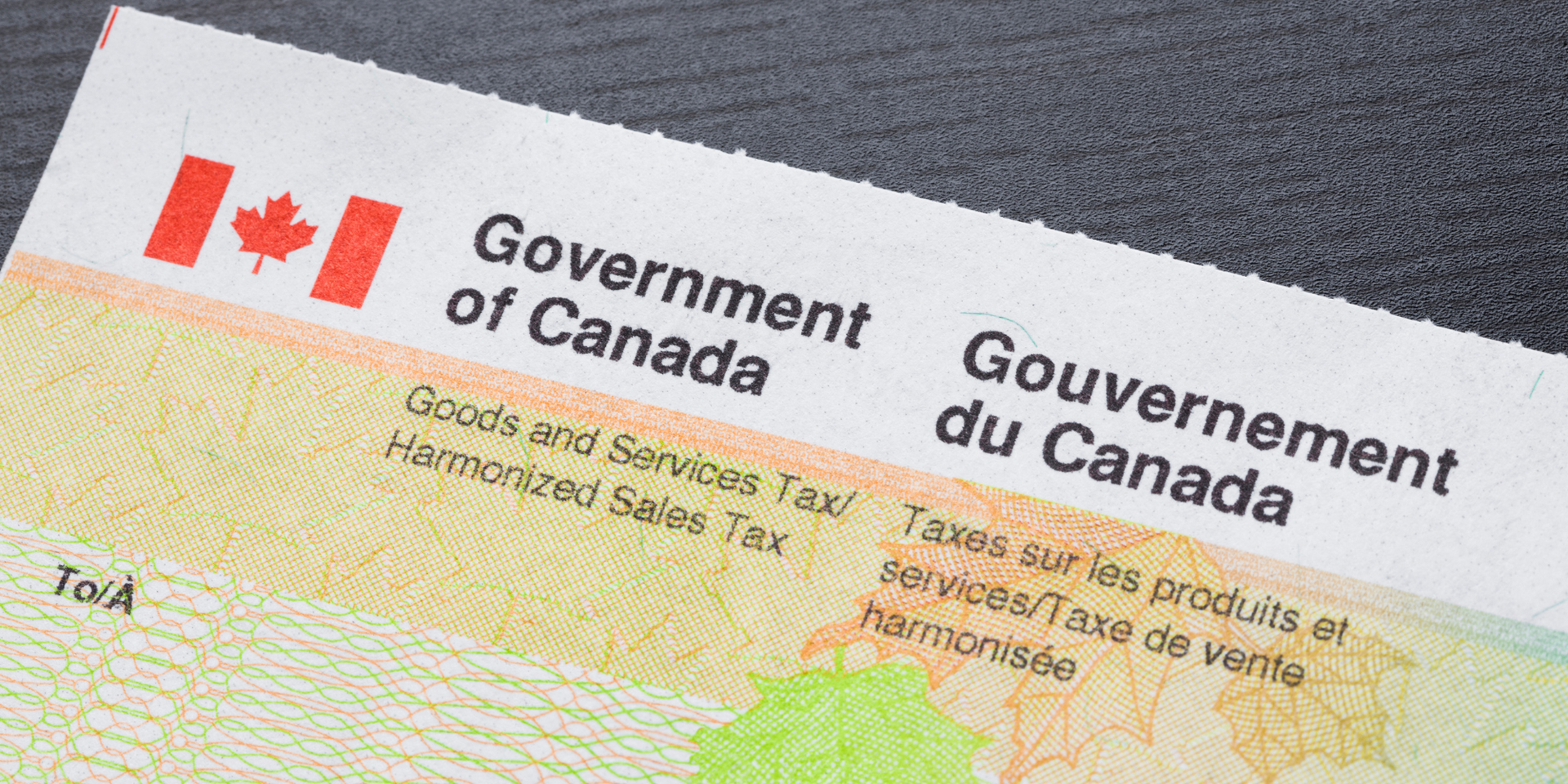



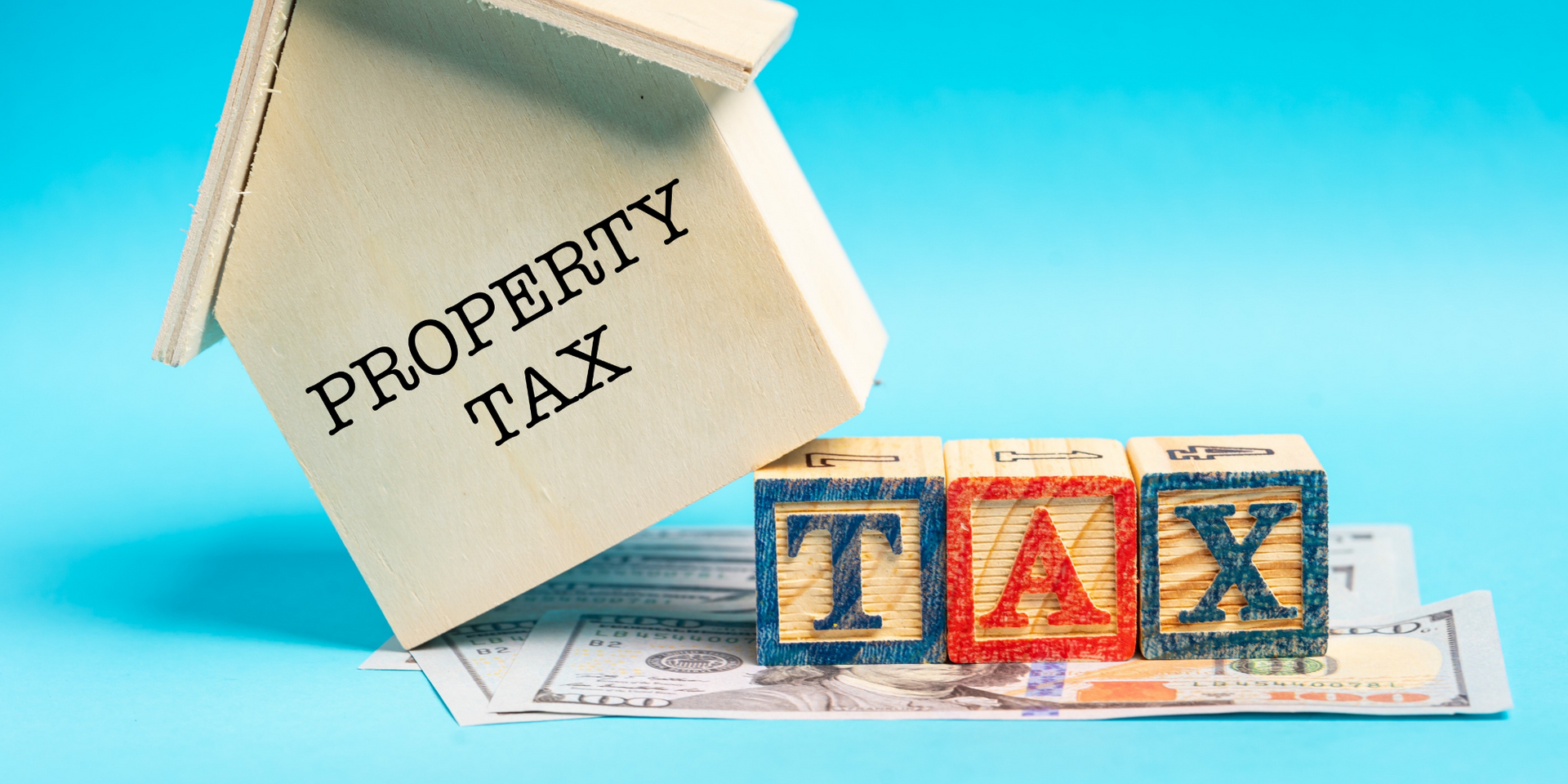


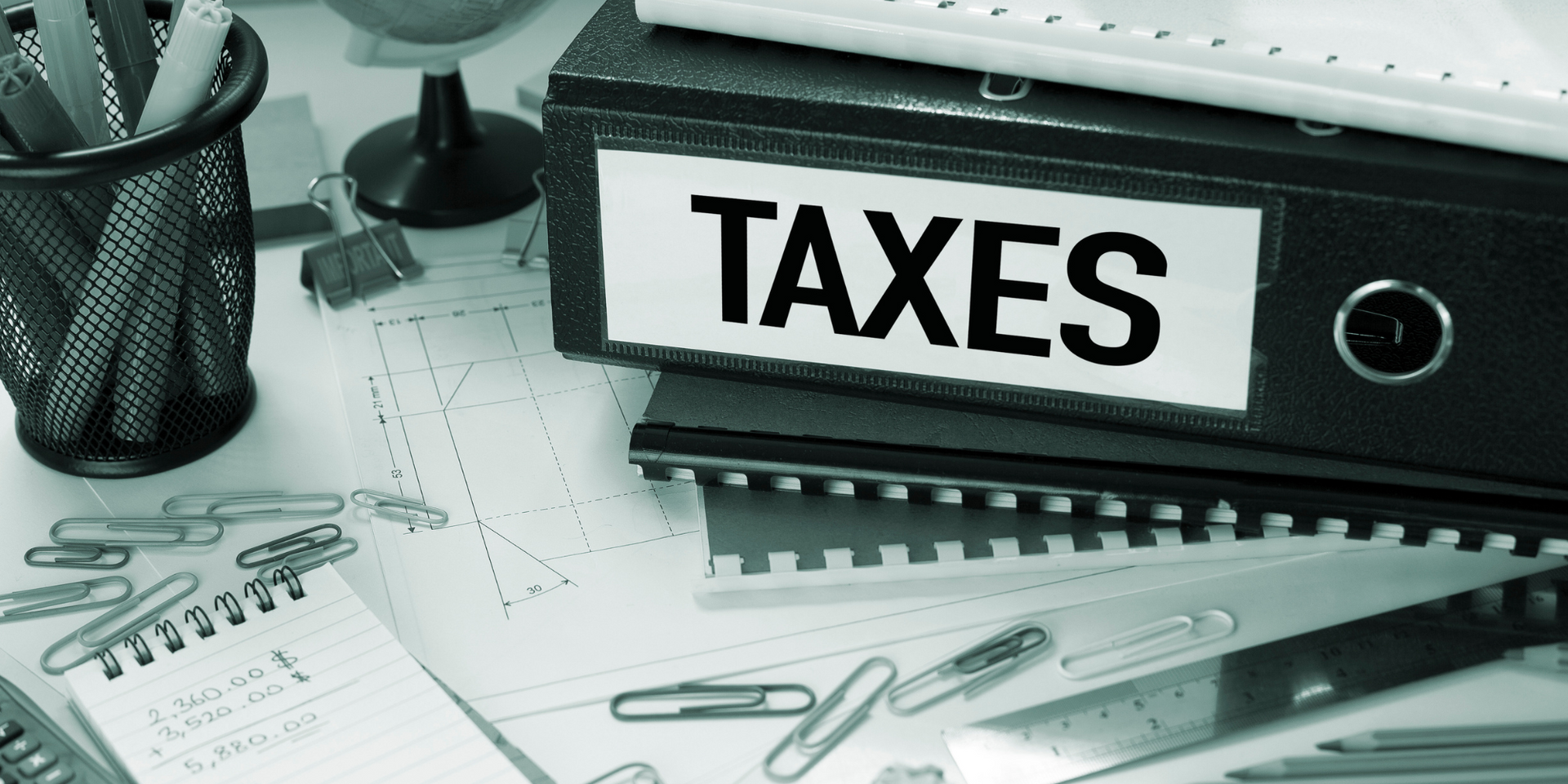


Bring your books up to date
CONTACT US TODAY
Contact Number
